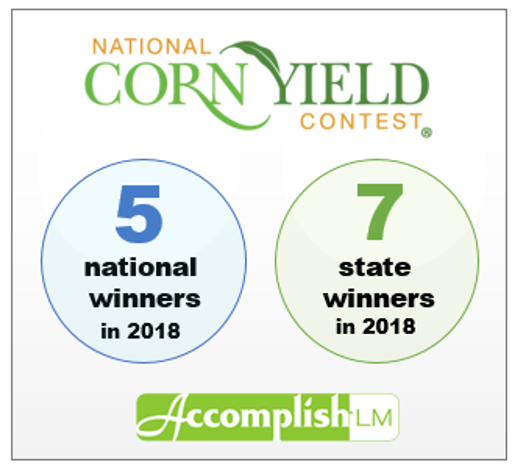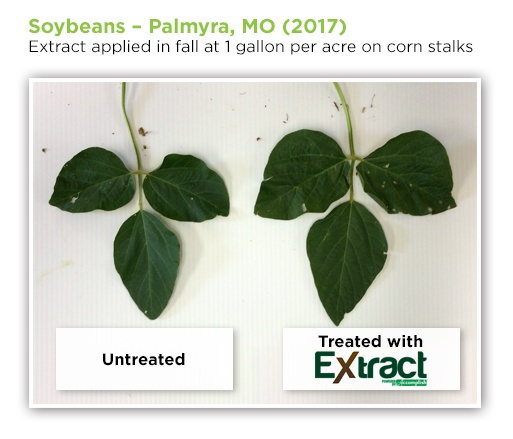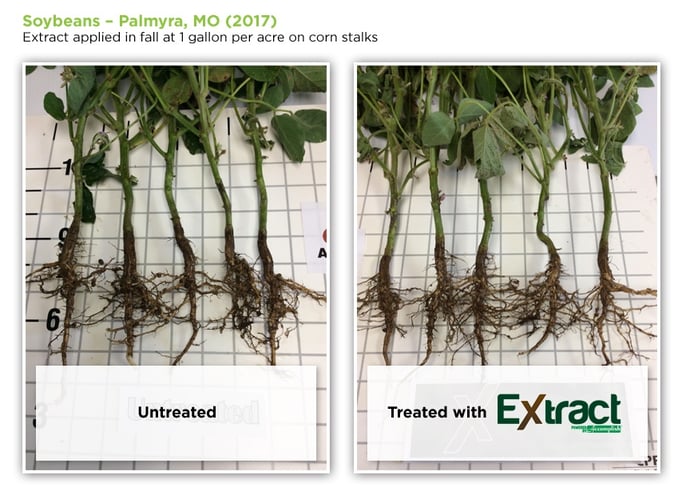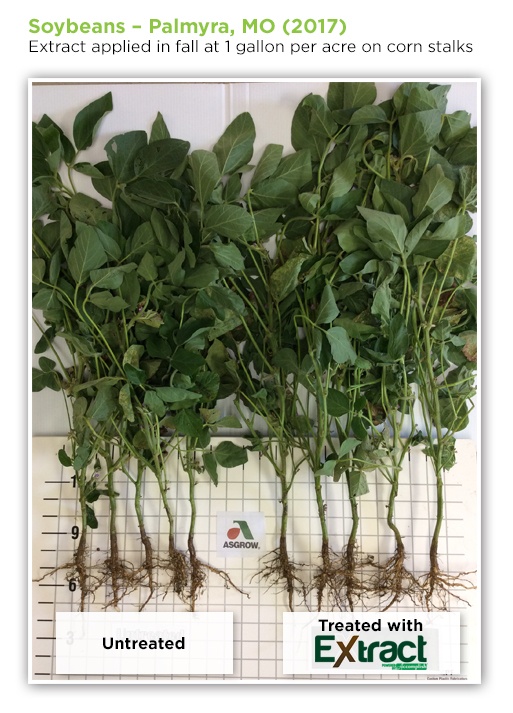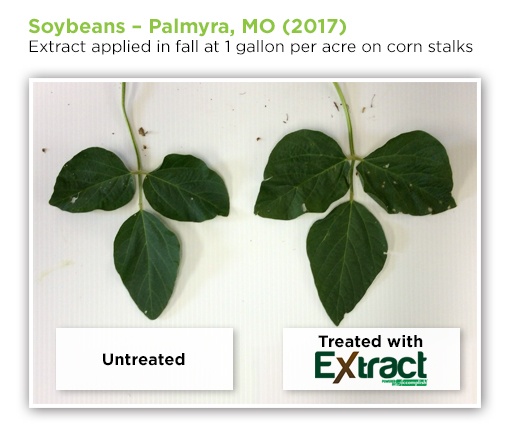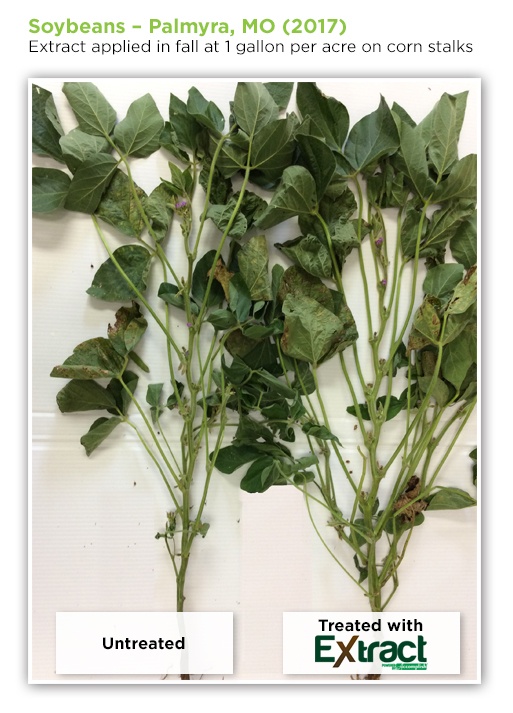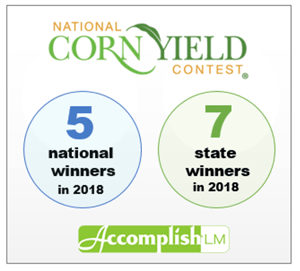 In 2018, no fewer than five national winners and seven state winners of the NCGA's National Corn Yield Contest used Agricen's biocatalyst technology on their winning acres. We are fortunate to be represented in the best practices of many leading growers, and humbled by the opportunity to help transform grower productivity.
In 2018, no fewer than five national winners and seven state winners of the NCGA's National Corn Yield Contest used Agricen's biocatalyst technology on their winning acres. We are fortunate to be represented in the best practices of many leading growers, and humbled by the opportunity to help transform grower productivity.
Before the start of this year's harvest, we had the opportunity to meet up with some of the 2018 NCGA winners to celebrate their success last season. Here are some of the folks we are honored to say have used Accomplish LM, Titan XC or Extract PBA as part of their winning strategy.
2018 National Winners
- Don Stall, 1st place, Irrigated Corn Category (477.69 bu/a). Don Stall started farming at age 14, when he began cultivating 31 acres for a school project. Following graduation, he served for six years in the Marines, then operated a beef and cash crop operation. Don eventually moved to an all cash crop operation, and he currently farms 2,800 acres of corn, soybeans, and wheat in Charlotte, Michigan. In his "spare time," he serves his local community, both as the Township Supervisor (as he has done for the past 24 years!) and on the board of his county's fire department.
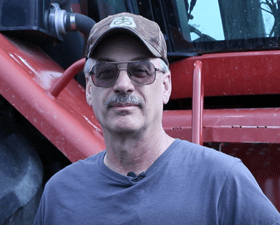 Don has been entering the NCGA Corn Yield Contest since 2003, when he noticed that he was already achieving yields comparable to the growers who were winning the contest. He has been the Michigan high yield champion for nine years in a row. In both 2017 and 2018, Don won first place nationally in the irrigated corn category, and his winning yield of 477.69 bu/a in 2018 also placed him as the overall yield champion in the United States.
Don has been entering the NCGA Corn Yield Contest since 2003, when he noticed that he was already achieving yields comparable to the growers who were winning the contest. He has been the Michigan high yield champion for nine years in a row. In both 2017 and 2018, Don won first place nationally in the irrigated corn category, and his winning yield of 477.69 bu/a in 2018 also placed him as the overall yield champion in the United States.Don credits a systems approach to his success. "There is no one answer to achieving high yields. It is a system approach, and you must understand your soils better than anyone else."
Don also treats all of his dry fertilizer with Titan XC to help make the most of his applied nutrition, and he has also used other biocatalyst products in his program. As he says, "Biochemistry is intriguing and interesting. I believe these products are needed in today’s farming."
- Kevin Kalb, 1st place, AA Non-Irrigated Corn (388.07 bu/a), Shawn Kalb, 1st place, AA No-Till/Strip-Till Non-Irrigated (343.0 bu/a) & Nikia Kalb, 3rd place, AA Non-Irrigated Corn (343.23 bu/a). The Kalbs and their four children (including third-place winner, Nikia) grow soybeans and corn in the small town of Dubois, Indiana. They also run a turkey operation, producing over 1.8 million tom turkeys in the last 12 years.
 Kevin and Shawn have been entering the NCGA Corn Yield Contest since 2007, winning 12 national titles in the non-irrigated division. Both Kevin and Shawn have had back-to-back, first-place national wins in their respective categories over the past two years (2017 and 2018).
Kevin and Shawn have been entering the NCGA Corn Yield Contest since 2007, winning 12 national titles in the non-irrigated division. Both Kevin and Shawn have had back-to-back, first-place national wins in their respective categories over the past two years (2017 and 2018).In 2018, Kevin achieved his personal best yield in the contest, achieving 388.07 bu/a in the AA Non-Irrigated Corn category.
The Kalb family can also be seen on the farm reality television show, Corn Warriors.
- Tommy & Valerie Cartrite, 3rd place, Irrigated Corn (350.63 bu/a). Hailing from Sunray, Texas, Tommy and Valerie also won first place in their state competition.
2018 State Winners
- Stuart Askew, 1st place, A No-Till/Strip-Till Non-Irrigated, North Carolina (274.58 bu/a)
- Connor & Kelly Garrett, 1st place, No-Till / Strip-Till Irrigated, Iowa (326.05 bu/a)
- Tommy & Valerie Cartrite, 1st place, Irrigated, Texas (350.63 bu/a)
- David Hults, 2nd place, No-Till/Strip-Till Irrigated, Idaho (299.27 bu/a)
- Leslie Lindner, 2nd place, AA Non-Irrigated, Missouri (299.99 bu/a)
- Chris Lindner, 3rd place, AA Non-Irrigated, Missouri (294.35 bu/a)
- David Kolb, 3rd place, Irrigated, Minnesota (259.89 bu/a)
It's starting to matter not just what producers grow, but also how they grow it. Biocatalyst technologies play a role by making fertilizer applications more efficient and more cost effective, while also helping growers achieve their best yields.
As this season's harvest comes in, we wish the best of luck to all of the growers who are competing in the 2019 corn yield contest.
(UPDATE: Learn about some of the 2019 corn yield contest winners who used biocatalyst technology.)
Learn more about biocatalyst technologies by downloading the Biocatalyst Technology FAQ.





